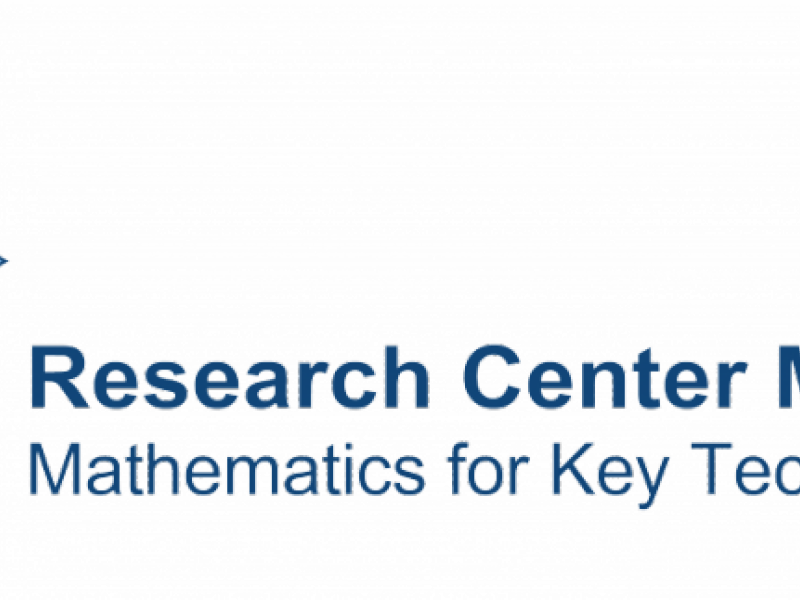This research is carried out in the framework of MATHEON supported by Einstein Foundation Berlin.
The strategic planning process in public transport is usually divided into consecutive planning steps - network design, line planning, and timetabling. In line planning, one has to find a set of lines defined by their paths and frequencies in a public transportation network such that a given travel demand can be routed. The task of timetabling is to schedule the trips of each line, i.e., by determining periodic arrival and departure times at their stations. The goal of each planning step is to provide a transport system that is both attractive for passengers and can be operated economically. Integrating passenger behaviour is a major challenge in infrastructure design optimization.
In line planning, the first tractable models including passenger routings have been developed only recently within the Matheon project B15 on Service Design in Public Transport. These distinguish direct and transfer connections, but do not include all transfers, fares, or robustness. Timetabling is generally done with respect to fixed routings, i.e., it is assumed that passengers do not respond to changes in the timetable.
This ignores potentially valuable degrees of freedom and diminishes the validity of such optimization models. The adequate treatment of passenger routing in optimization models for public transport is the aim of this project. We want to extend our existing theoretic and algorithmic base in line planning and timetabling by (advanced) passenger routing methods in order to construct efficiently solvable integrated models.

